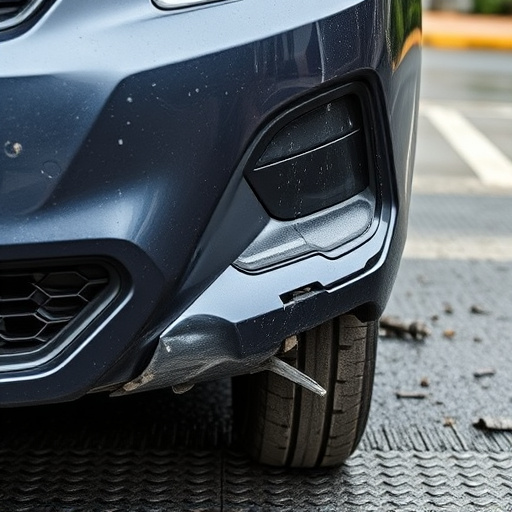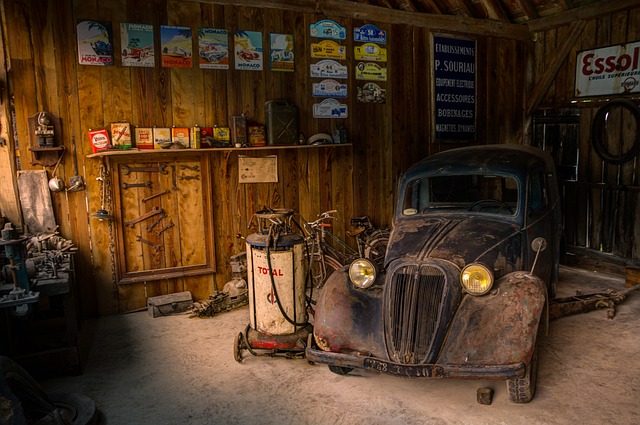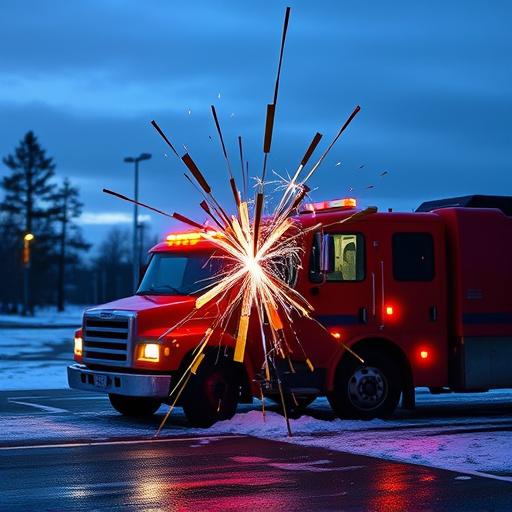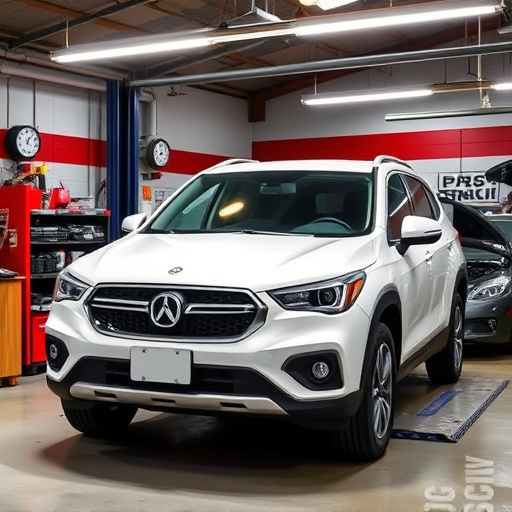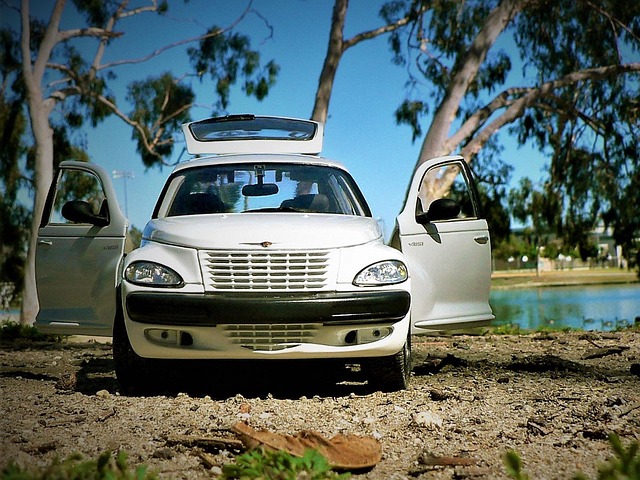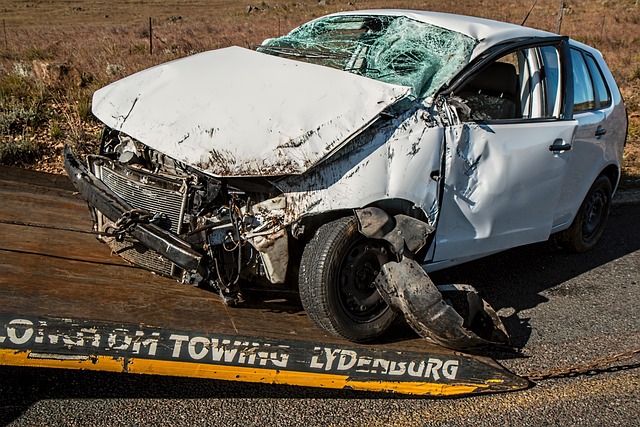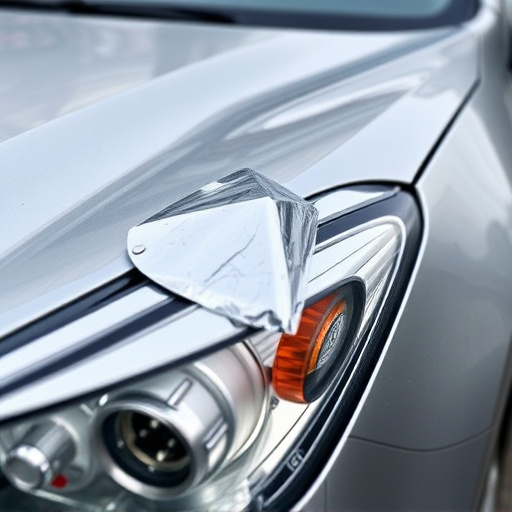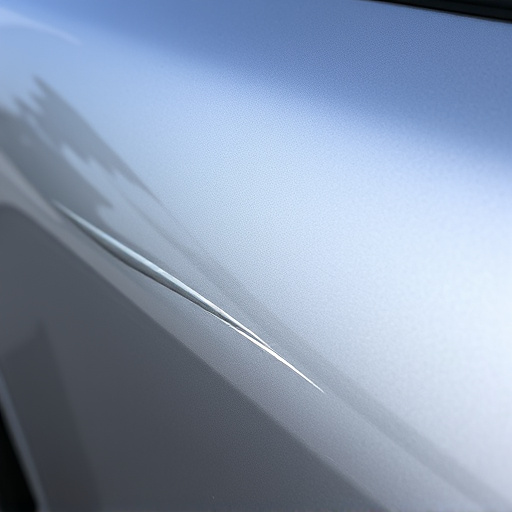Tesla's advanced cooling system, composed of liquid coolants, radiators, fans, and heat exchangers, maintains optimal vehicle temperature despite potential damages like scratches or dents. However, severe structural issues, especially undercarriage damage from collisions, can compromise its integrity. Skilled technicians use specialized techniques and high-quality parts to realign components and replace damaged parts, ensuring safe and efficient thermal management after repairs. Maintaining Tesla cooling system integrity is crucial for both vehicle safety and performance, with thorough inspections, quality parts, and professional body shops playing vital roles in restoration.
Tesla vehicles are renowned for their advanced technology, including an innovative cooling system designed for optimal performance. However, in the event of a collision or undercarriage damage, maintaining the integrity of this crucial system becomes paramount. This article delves into the intricate workings of Tesla’s cooling system and explores how structural impairments can affect its functionality. We provide essential guidelines on restoration and safety measures to ensure your vehicle’s cooling system remains intact post-accident.
- Understanding Tesla's Cooling System: Components and Functionality
- Impact of Collision or Undercarriage Damage on Cooling System Integrity
- Restoring and Maintaining Coolant Systems Post-Collision: Best Practices and Safety Measures
Understanding Tesla's Cooling System: Components and Functionality
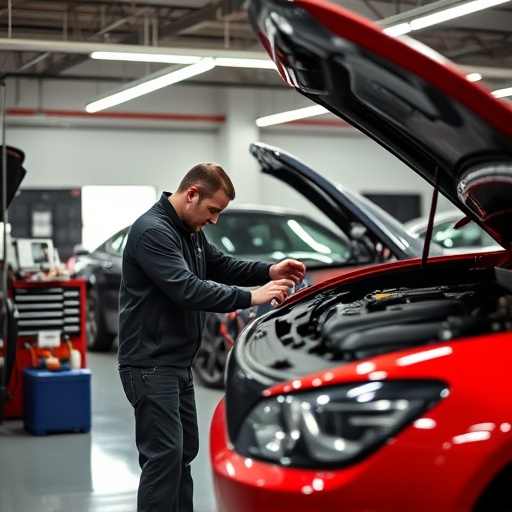
Tesla’s cooling system is a sophisticated network designed to regulate the vehicle’s temperature, ensuring optimal performance and passenger comfort. At its core are several key components: liquid coolant, radiators, fans, and heat exchangers. The system operates by circulating coolant through the engine and other heated components, absorbing excess heat and transferring it outside the vehicle. Radiators, often located at the front, help dissipate this heat into the atmosphere, while fans aid in air circulation to enhance cooling efficiency.
This intricate design is crucial for maintaining Tesla cooling system integrity, even after potential impacts or undercarriage damage from collisions. Events like car scratch repair or dent removal, typically arising from fender benders, may affect the exterior but shouldn’t compromise the internal cooling mechanisms unless there are severe structural issues. Understanding these components and their functionality enables efficient troubleshooting and repairs, ensuring the vehicle’s thermal management system remains robust even post-incident.
Impact of Collision or Undercarriage Damage on Cooling System Integrity

Collision or undercarriage damage can significantly impact the Tesla cooling system integrity. In a high-impact event, the force can cause internal components to shift or fail, affecting the system’s overall performance and efficiency. The intricate network of radiators, pipes, and fans is designed to maintain optimal temperature control, but even minor dents or dislocations can disrupt this delicate balance.
Proper auto collision repair and car damage restoration techniques are crucial in mitigating these effects. Skilled technicians employ specialized tools and methods to realign components, replace damaged parts, and restore the cooling system’s integrity without compromising its functionality. This meticulous process ensures that the Tesla not only drives smoothly post-repair but also maintains consistent thermal management, a critical aspect of any vehicle’s overall safety and performance.
Restoring and Maintaining Coolant Systems Post-Collision: Best Practices and Safety Measures
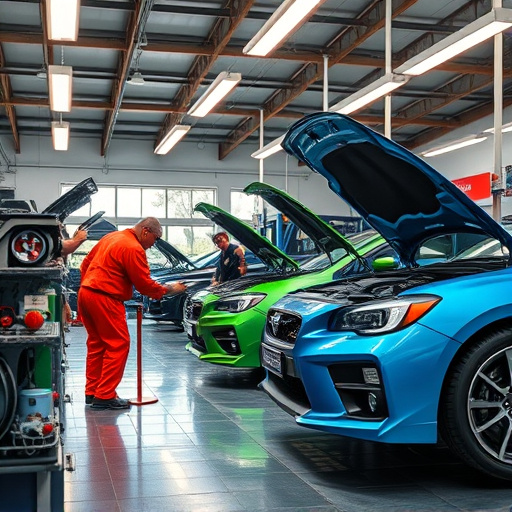
After a collision or undercarriage damage, restoring and maintaining Tesla’s cooling system integrity is paramount for both vehicle safety and performance. The first step in any auto body restoration process should be a thorough inspection to identify any leaks or damage to the coolant system. This includes checking radiators, hoses, and the overall fluid levels, as even minor cracks can lead to significant heat buildup and potential engine damage.
Best practices involve using high-quality replacement parts and following manufacturer guidelines for repairs. In cases where significant undercarriage damage has occurred, it might be necessary to consult with a professional auto body shop that specializes in complex repairs. They will employ advanced techniques and tools to ensure the Tesla cooling system is restored to its pre-accident condition, thus preserving the vehicle’s safety and optimal performance capabilities. Remember, maintaining your Tesla’s cooling system integrity post-collision isn’t just about aesthetics; it’s a critical step in safeguarding your investment.
Tesla’s sophisticated cooling system is integral to the vehicle’s performance and safety. In the event of a collision or undercarriage damage, understanding how these events impact the integrity of the cooling system is crucial. Proper restoration and maintenance post-collision are essential to ensure the system functions optimally and prevent further damage. By following best practices and implementing safety measures, Tesla owners can restore their vehicles’ cooling system integrity, ensuring both vehicular efficiency and driver security on the road.

